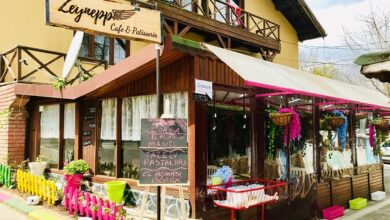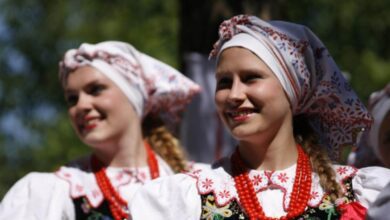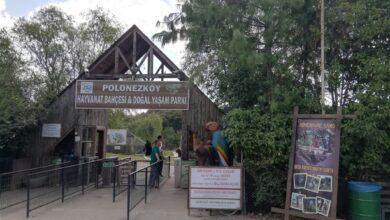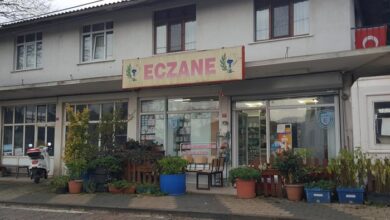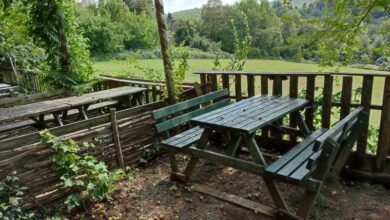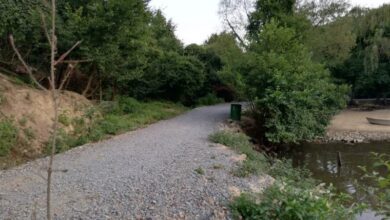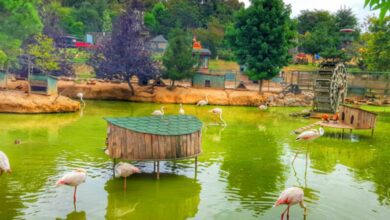Hello everyone from our “History of Polonezköy (Why Is It Called Polonezköy?)” article. In this post, we will take a detailed look at the history of Polonezköy.
As you may recall, in our Polonezköy Travel Guide and Places to Visit in Polonezköy posts, we shared details about Polonezköy. In this article, let’s take a closer look at Polonezköy’s history.
Polonezköy is especially famous for weekend day trips combined with food and drink activities, making it one of Istanbul’s most popular destinations.
Polonezköy also boasts many high-quality cafés, restaurants, and patisseries with their own unique styles. But Polonezköy is much more than that.
As you read on below, you’ll see how its history shaped everything else. So without further ado, let’s explore the history of Polonezköy.
History of Polonezköy (Why Is It Called Polonezköy?)
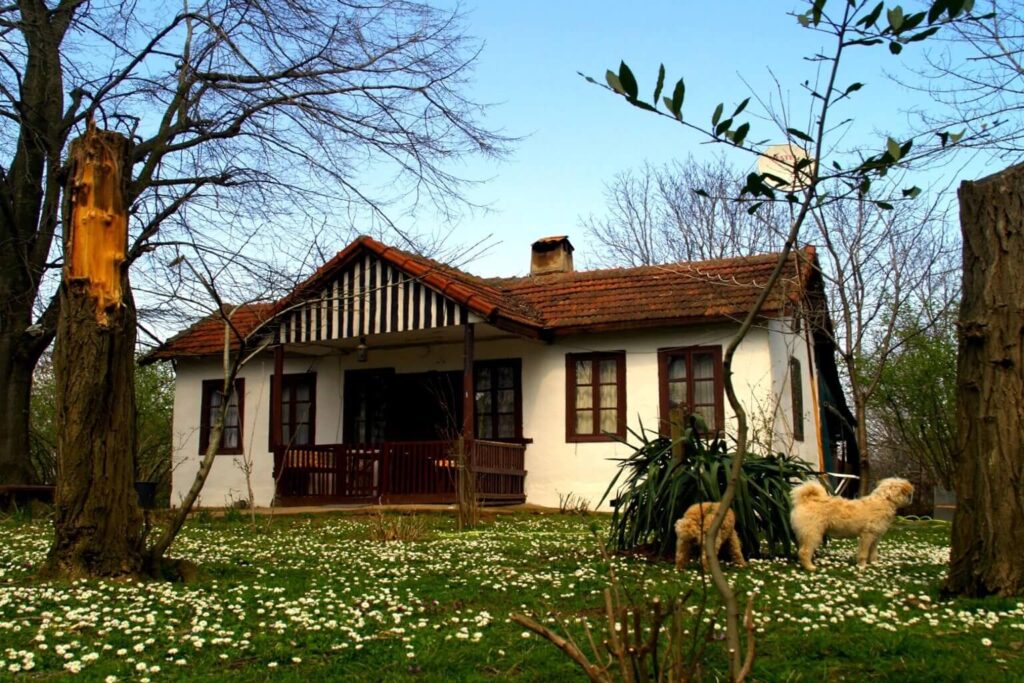
Polonezköy was founded in 1842 by Prince Adam Czartoryski, who had been President of the Polish government during the 1830 Polish Uprising and later a political leader for Polish exiles. The village was originally called Adampol (Polish: Adampol) after the founder’s first name, Adam. Before that, Lazarist priests managing the Saint Benoît French Lycée had set up the land as a farm in the 1830s.
Founding Purpose and Historical Development
Prince Czartoryski aimed to create a second Polish political center within the Ottoman Empire. To this end, he sent Michal Czajkowski as his representative. After arriving in Istanbul, Czajkowski converted to Islam in 1850, taking the name Sadık Paşa, and purchased the forested land where Adampol would be established.
Initially home to just 12 settlers, the village grew to 220 inhabitants at its peak. Its growth was driven by exiles from the 1830 uprising and soldiers who fought in the 1853 Crimean War, as well as Poles escaping Siberian exile and Circassian captivity. Early residents farmed, raised livestock, and worked in forestry. After World War II, holiday visitors began arriving; in 1938, the villagers were granted Turkish citizenship, and in 1968 they obtained title deeds to their lands.
Cultural and Social Evolution
Heirs of the Czartoryski family renounced their ownership claims in favor of the villagers. Over time, Polonezköy—famous for its Cherry Festival, scenic walking trails, and lush landscapes—became one of Istanbul’s top picnic destinations. Thanks to its accessible location and natural beauty, a traditional farming village transformed into a modern holiday retreat.
The land remains owned by the villagers and visiting dignitaries. Since the 1980s, young Poles who emigrated have returned to open pensions, restaurants, and tea houses.
Notable Visitors and Historical Ties
Notable visitors include Hungarian pianist Franz Liszt (1847), French writer Gustave Flaubert (1850), Czech author Karel Droz (1904), and Turkey’s first President Mustafa Kemal Atatürk (1937). Pope John XXIII served as Apostolic Delegate in Istanbul in 1935 and learned Turkish while staying in the area. In 1961, Poland’s Foreign Minister Adam Rapacki visited with Turkish officials. Renowned soprano Leyla Gencer is also closely associated with the village.
President Kenan Evren visited in 1985, and Polish President Lech Wałęsa in 1994. His successor, Aleksander Kwaśniewski, visited twice—in 1996 and 2000—touring the Zofia Rizi Memorial House on his last visit. The 160th anniversary of the village’s founding was celebrated shortly thereafter. These visits strengthened Turkey–Poland ties and allowed Polonezköy villagers to host and visit Polish dignitaries.
Polonezköy Today
Today, about 1,000 people live in Polonezköy, of whom around 40 still speak Polish. Every summer, a Polonezköy Festival celebrates the village’s Polish heritage with folklore groups funded locally, showcasing its rich cultural legacy.
With its history, cultural heritage, natural beauty, and warm community, Polonezköy continues to offer visitors a unique experience. A haven for history and nature lovers alike, it stands as a living example of Turkey–Poland friendship.
We’ve reached the end of our “History of Polonezköy (Why Is It Called Polonezköy?)” article. Did you know Polonezköy also has a zoo? Check out our Polonezköy Zoo post for all the details.
SOURCE: https://tr.wikipedia.org/

